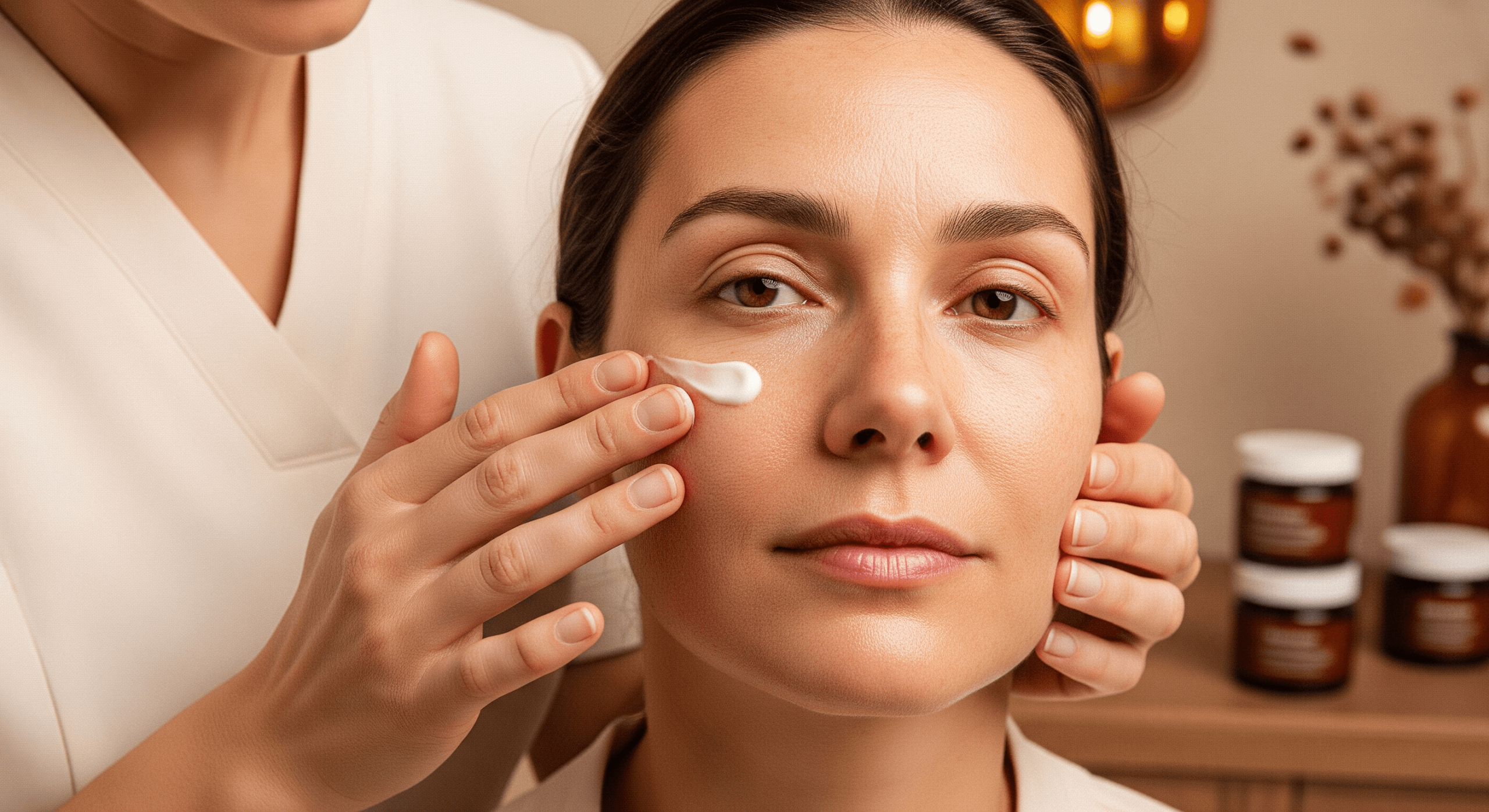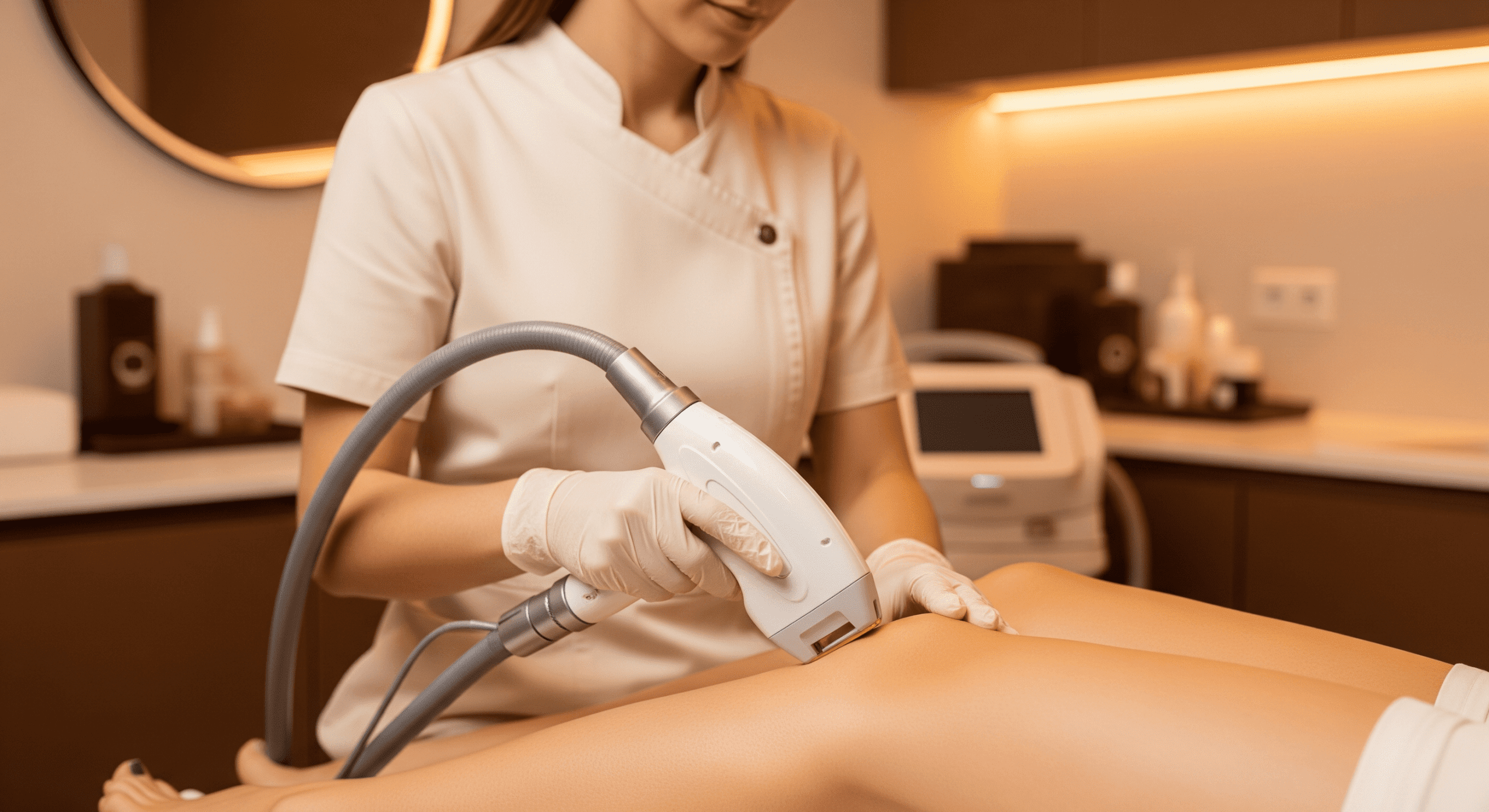If you struggle with rosacea, persistent facial redness, or easily irritated skin, you know how challenging it can be to find relief. Sensitive skin conditions don’t just impact your appearance—they affect your comfort and self-confidence. The journey to calm, healthy skin can feel overwhelming, especially with so many products and procedures claiming quick results. At Skin Care Institute in Tulsa, our goal is to provide safe, effective, and evidence-based treatment options for rosacea, redness, and irritation—helping you regain comfort and confidence at every stage.
Jump To:
- Detailed Breakdown
- What Affects Your Treatment Timeline?
- Side Effects and Adjustments
- Realistic Expectations: What Most Patients Experience
- Key Takeaways
- FAQs
TLDR – Quick Guide
- Professional evaluation is key: Personalized diagnosis helps target the right treatment options for rosacea, redness, and irritation.
- Medical-grade skincare can calm and protect: Fragrance-free, gentle formulas often outperform drugstore alternatives.
- Laser and light therapies reduce redness safely: These treatments require an experienced provider for optimal results.
- Lifestyle and self-care matter: Simple daily habits can support and accelerate your progress.
Detailed Breakdown
Understanding Sensitive Skin: Why Redness and Irritation Happen
Sensitive skin is more reactive to triggers—like weather, products, or stress—than normal skin. Rosacea is a chronic inflammatory condition that causes flushing, visible blood vessels, and sometimes bumps or irritation. Other causes of facial redness include eczema, allergic reactions, or overuse of harsh products. The right treatment starts with an accurate diagnosis from a board-certified dermatologist or licensed skin care provider.
Week 1–2: Starting Your Sensitive Skin Journey
What to expect:
- After a professional assessment, most patients begin with a gentle, customized home skincare routine.
- Key steps include using a mild, sulfate-free cleanser, a calming moisturizer with ceramides, and daily mineral sunscreen.
Early improvements:
- Within the first two weeks, you may notice decreased stinging and fewer flare-ups, especially if you avoid known irritants (fragrances, alcohol-based toners, physical exfoliants).
Week 3–4: Introducing Advanced Treatments
In-clinic options:
- At Skin Care Institute, we may recommend laser or intense pulsed light (IPL) therapy for visible vessels and diffuse redness.
- Medical-grade products—such as niacinamide serums or prescription anti-inflammatories—may be introduced for stubborn cases.
What changes:
- Many patients see clearer, calmer skin and reduced flushing by week four, especially with consistent sun protection and gentle skin care.
Month 2–3: Major Improvements
- Most individuals who follow their treatment plan notice significant improvement in tone, comfort, and texture within two to three months.
- Advanced therapies like Vbeam® Perfecta laser and tailored chemical peels can address deeper redness, while continued home care maintains results.
Months 4–6: Maintaining and Enhancing Results
- As your skin barrier strengthens, redness becomes less reactive, and flare-ups are less frequent.
- Ongoing maintenance visits every 2–3 months allow for personalized adjustments and help prevent relapses.
What Affects Your Treatment Timeline?
- Type and severity of your condition: Rosacea, allergic irritation, or eczema may respond differently to treatments.
- Consistency: Skipping steps or returning to harsh products can delay or reverse progress.
- Lifestyle: Avoiding triggers (spicy foods, hot drinks, extreme weather) and managing stress can enhance results.
- Professional follow-up: Routine visits ensure your plan evolves with your skin’s needs.
Side Effects and Adjustments
- Mild side effects (such as dryness or mild tingling after procedures) are common but usually short-lived.
- Open communication with your provider ensures prompt adjustments and the safest outcome.
Realistic Expectations: What Most Patients Experience
- Quick wins: Less burning, stinging, and irritation often appear in the first few weeks.
- Steady gains: Over months, skin becomes more resilient, redness fades, and self-confidence improves.
- Long-term success: With regular care and professional support, sensitive skin can remain calm and healthy for years.
Key Takeaways
- Professional, evidence-based treatments are the safest way to address rosacea, redness, and irritation.
- Most people see improvement within weeks, but full benefits require ongoing care and patience.
- Every journey is unique—personalized attention and consistent follow-up deliver the best results.
- Trust your skin to a board-certified dermatologist or licensed medical aesthetician for guidance.
FAQs
How soon can I expect to see results with professional treatment for rosacea and redness?
Most patients notice milder symptoms and less discomfort within the first 2–4 weeks. Major changes are typically seen by two to three months with consistent care.
What in-office treatments are available at Skin Care Institute?
We offer advanced laser therapies (such as Vbeam®), intense pulsed light (IPL), and custom facials tailored to sensitive and rosacea-prone skin.
Are over-the-counter products safe for sensitive skin?
Some gentle, fragrance-free formulas can help, but medical-grade products and professional guidance provide the safest and most effective results.
Can lifestyle changes really make a difference?
Absolutely. Simple steps like avoiding hot showers, using sunscreen daily, and managing stress can reduce the frequency and severity of flare-ups
Will I need ongoing maintenance?
Sensitive skin often requires regular care and occasional professional treatments to maintain optimal results.


